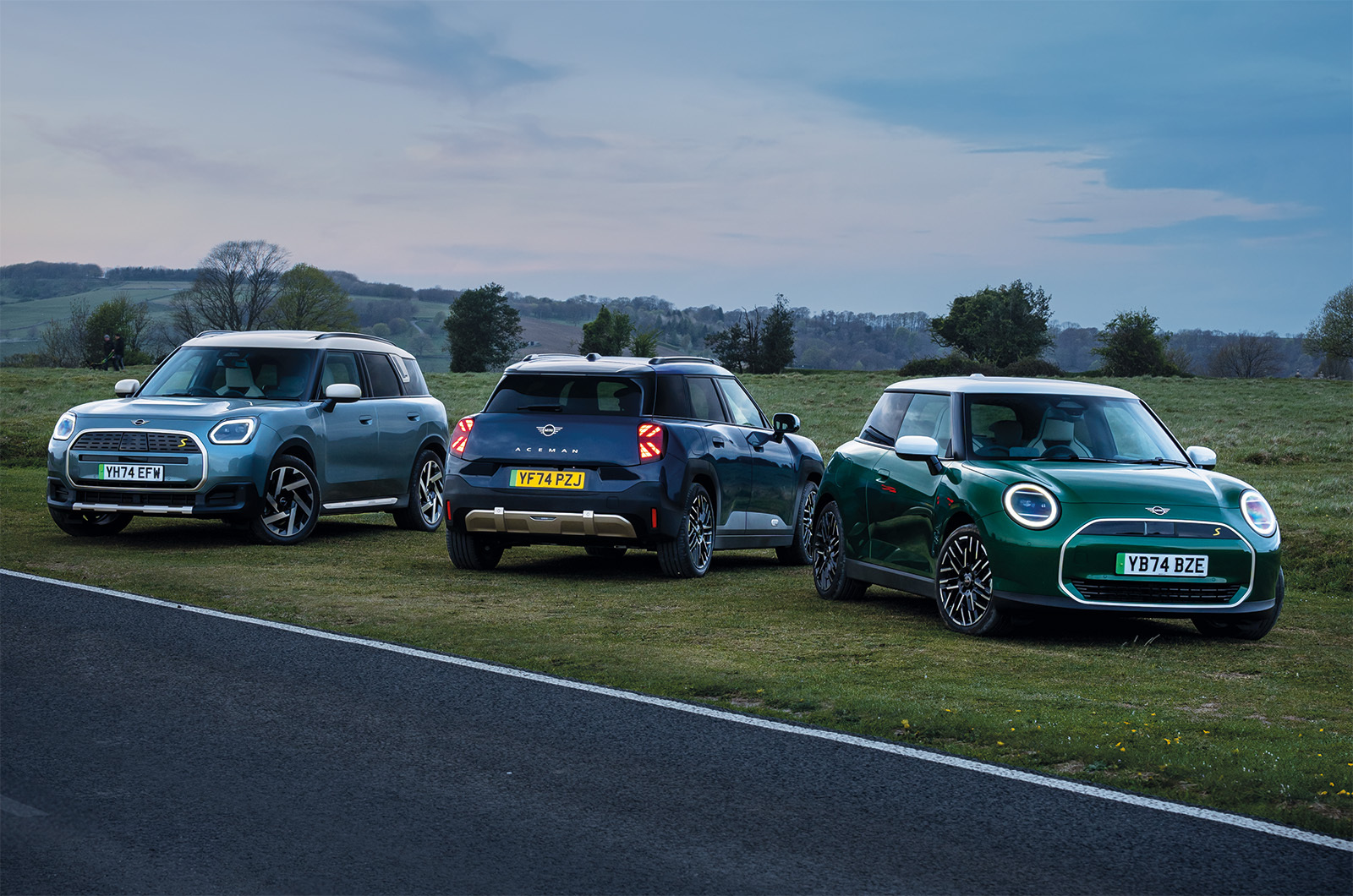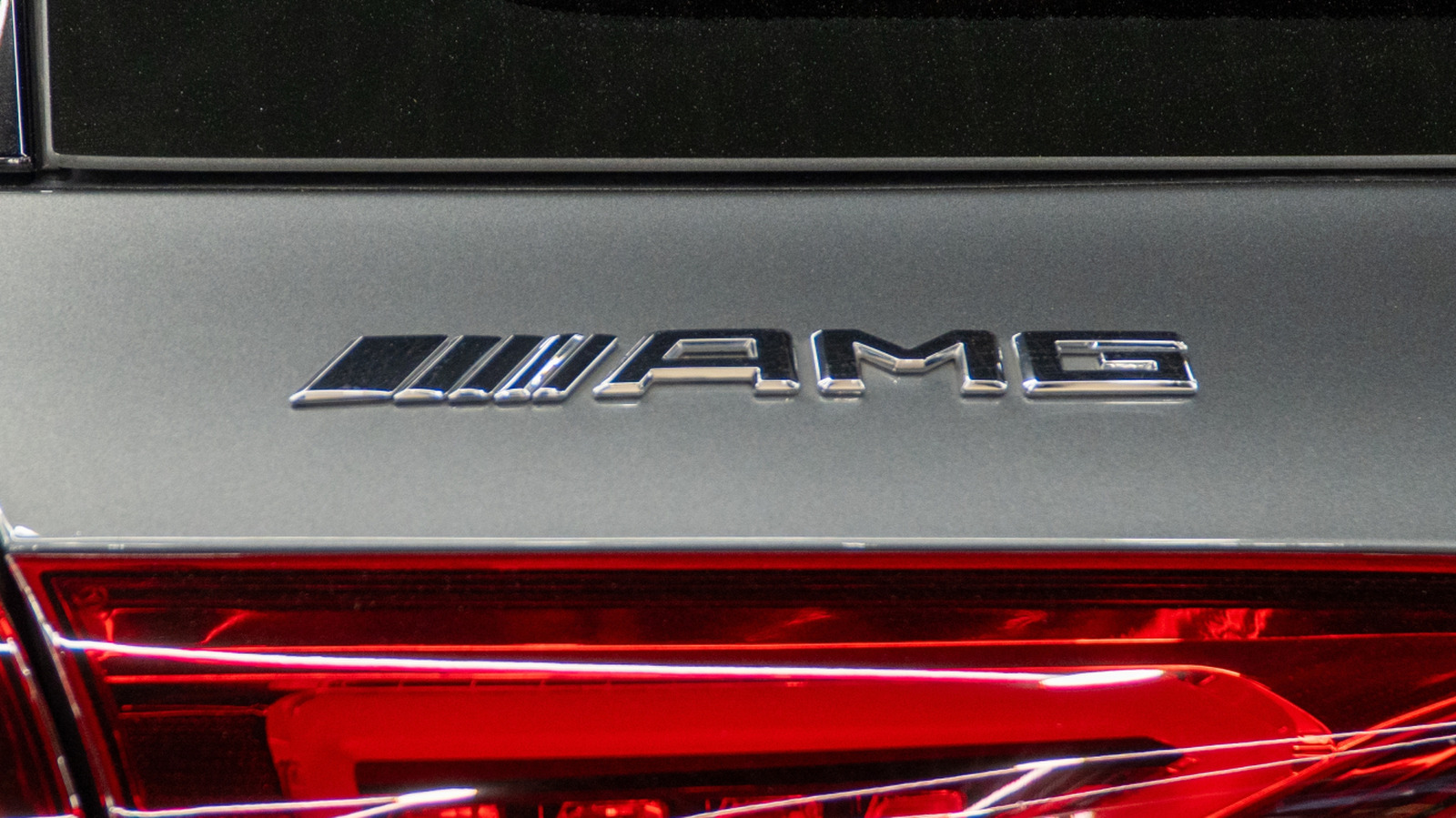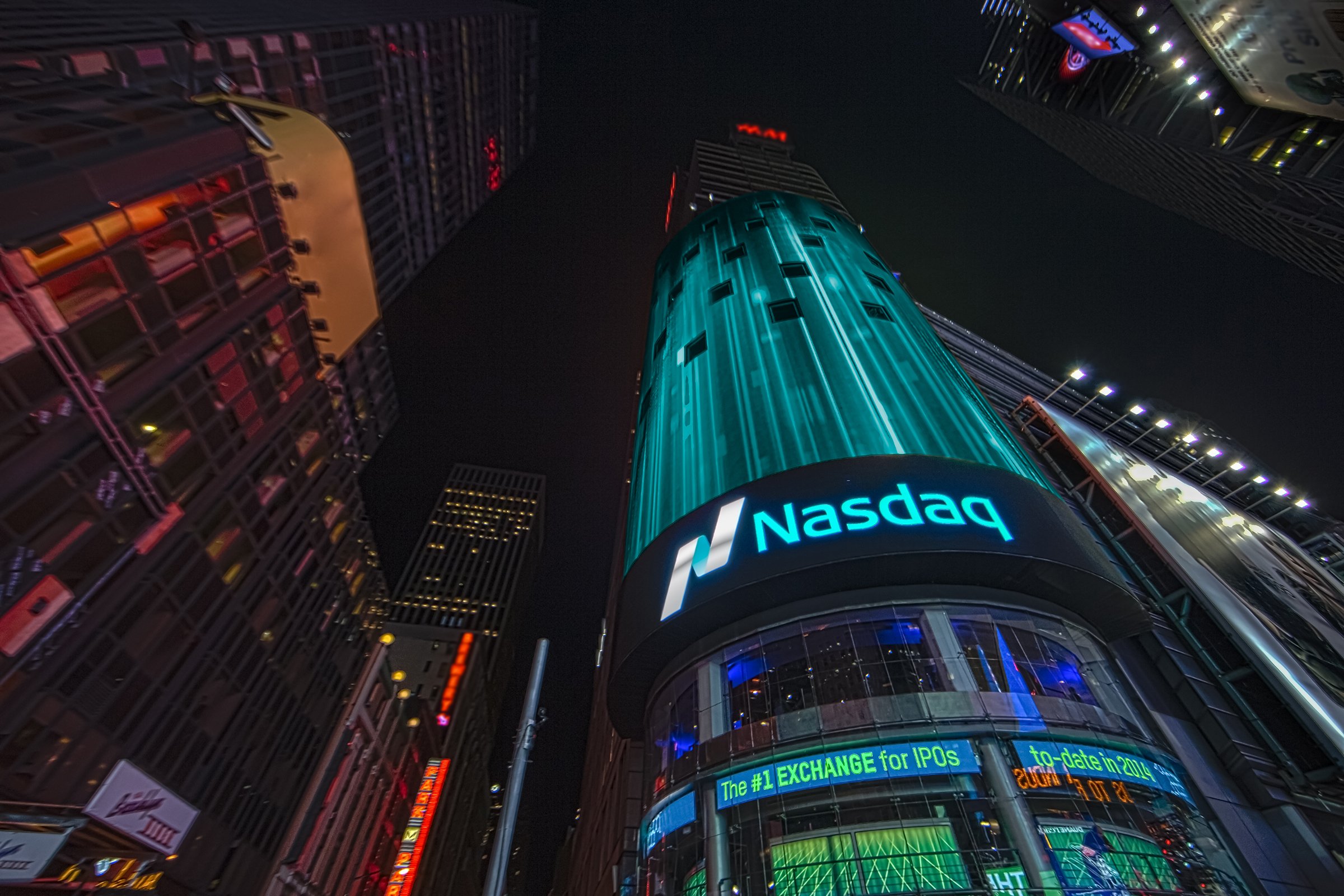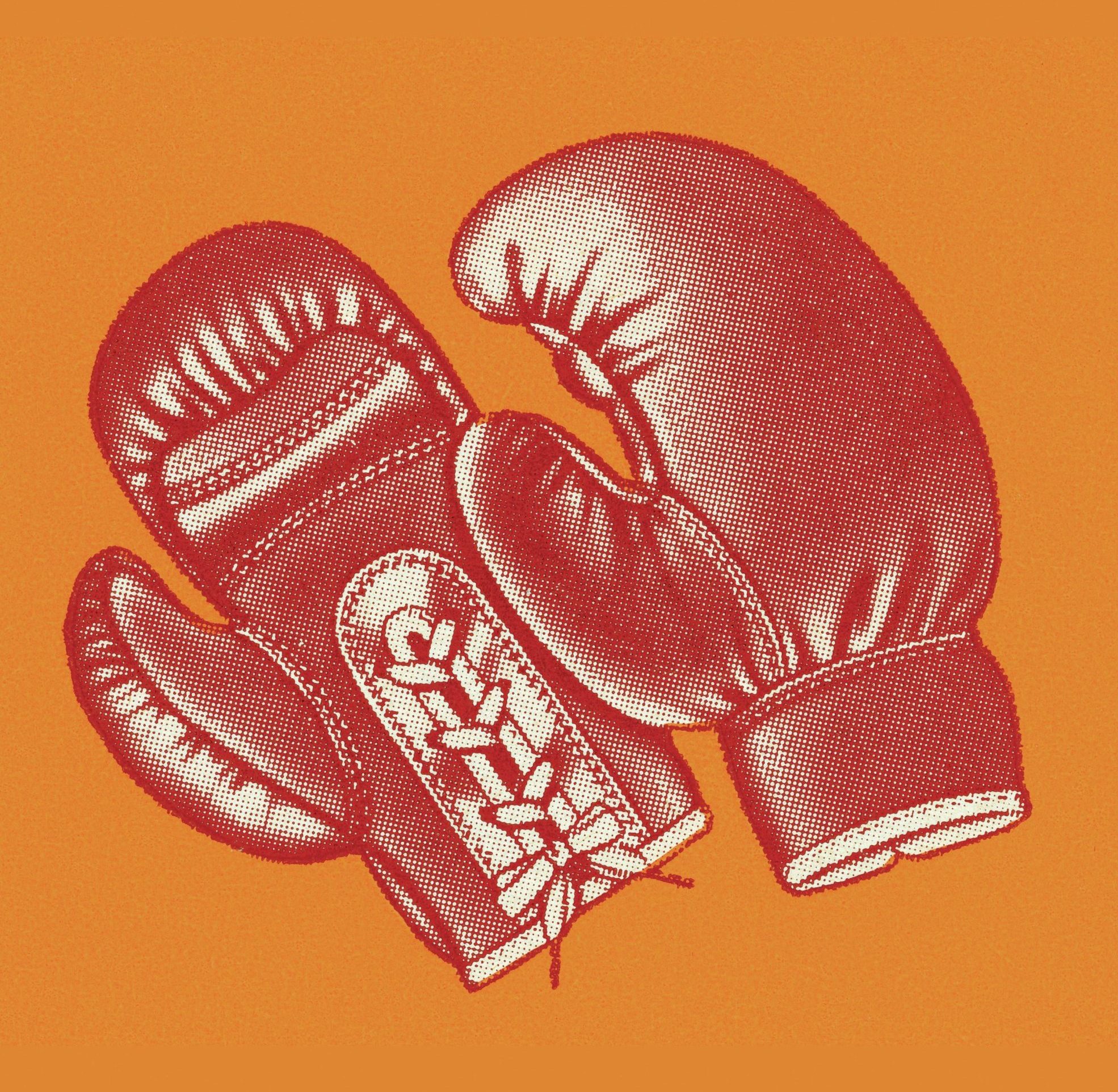As the Lionesses prepare for the Euros, a new generation of fans is driving record viewership and pub spending. But legacy beer brands risk being left behind by clinging to dated stereotypes.

There’s no denying it: the rise of women’s sports is one of the most significant cultural shifts in recent sporting history. From packed stadiums to global headlines, this summer’s UEFA Women’s European Championship promises more than just football; it’s a cultural moment. And yet, beer brands that have long positioned themselves as the lifeblood of sport are conspicuously absent.
Despite England’s historic win in 2022 and the
UK Home Office granting 1am pub extensions should either England or Wales reach the final this July, legacy brewers like Budweiser and Coors Light have largely failed to engage meaningfully with this groundswell of excitement. In 2022, the British Beer & Pub Association predicted sales of 10 million pints during the women’s final, delivering a £40 million boost to the industry. So why aren’t the brands behind those pints doing more?
According to Hamish Campbell, vice president at global drinks design agency
Denomination, the disconnect lies in the outdated perception of both sport and beer audiences.
“Traditional beer marketing still clings to a ‘frat boy’ image,” he says. “It assumes the audience for women’s sport is niche, mostly female and not particularly interested in beer. But the truth is, the crowd is younger, more diverse and deeply values-led.”
Gen Z is changing the game
It’s not just who’s watching that has changed; it’s how they’re watching. Gen Z and Gen Alpha are not passive viewers. They buy the shirts, follow the players and demand authentic representation. Their relationship with sport is personal, emotional and cultural.
For Campbell, that shift reveals a gaping missed opportunity. “Legacy brands have been slow to realise this is not a sideshow, it’s the future of fandom. The brands that win will be the ones that engage deeply and consistently with these fans, not just when it’s convenient.”
The 2019 moment when hard seltzer White Claw outsold Budweiser in the US was, in Campbell’s view, the warning shot that should have shaken beer out of its complacency. “That wasn’t just about flavour, it was about relevance. Beer missed the mood then and it’s at risk of doing it again now.”
Lessons from wellness and weed
So, how can beer brands reframe themselves for this new era? Campbell draws inspiration from unexpected quarters: cannabis and wellness.
“Oura Ring, for example, turned something as mundane as sleep tracking into a badge of strength and ambition, especially for women. They didn’t pander, they empowered. Drinks brands should take notes.”
Likewise, beauty disruptor Glossier built a billion-dollar business not by targeting consumers but by creating a movement. “Women’s sport already has that community. Beer brands should treat it as a culture to be part of, not a segment to market to.”
Authenticity is the price of entry
The fear of appearing performative is real and well-founded. Sport, particularly women’s sport, is built on community and shared values. One misstep and a brand can be shut out by a hyper-aware audience.
“The formula is simple,” Campbell says. “Show up consistently. Invest visibly. And align with the values that matter to the community. Fans can sniff out inauthenticity from a mile away.”
He points to Nike as the benchmark, not just sponsoring women’s sports but weaving them into the core of its brand, treating athletes like Serena Williams as icons, not exceptions. “It’s not just about airtime, it’s about storytelling.”
Michelob ULTRA is another name he praises. By pledging 50% of its sports marketing budget to women’s sport and partnering with the WNBA, it’s set a new bar. “It feels aligned with their brand, not bolted on.”
The Euros are an open goal
With England and Wales both competing in Group D and pubs set to benefit from extended hours if either makes the final, the Women’s Euros are not just a tournament, they’re a national moment. The BBPA has already backed the extended opening as a way to boost community spirit, predicting a surge in pub trade as fans gather to watch.
For beer brands, the opportunity is right in front of them. But slapping a logo on a jersey won’t cut it.
“Getting it right means becoming a genuine part of the story,” Campbell says. “Celebrate the players, show up with passion and create experiences that make fans feel seen. That’s how you become part of the moment and stay part of the culture.”
This summer will see another wave of history made in women’s football. The question is: will beer brands still be sitting on the sidelines?

 There’s no denying it: the rise of women’s sports is one of the most significant cultural shifts in recent sporting history. From packed stadiums to global headlines, this summer’s UEFA Women’s European Championship promises more than just football; it’s a cultural moment. And yet, beer brands that have long positioned themselves as the lifeblood of sport are conspicuously absent.
Despite England’s historic win in 2022 and the UK Home Office granting 1am pub extensions should either England or Wales reach the final this July, legacy brewers like Budweiser and Coors Light have largely failed to engage meaningfully with this groundswell of excitement. In 2022, the British Beer & Pub Association predicted sales of 10 million pints during the women’s final, delivering a £40 million boost to the industry. So why aren’t the brands behind those pints doing more?
According to Hamish Campbell, vice president at global drinks design agency Denomination, the disconnect lies in the outdated perception of both sport and beer audiences.
“Traditional beer marketing still clings to a ‘frat boy’ image,” he says. “It assumes the audience for women’s sport is niche, mostly female and not particularly interested in beer. But the truth is, the crowd is younger, more diverse and deeply values-led.”
There’s no denying it: the rise of women’s sports is one of the most significant cultural shifts in recent sporting history. From packed stadiums to global headlines, this summer’s UEFA Women’s European Championship promises more than just football; it’s a cultural moment. And yet, beer brands that have long positioned themselves as the lifeblood of sport are conspicuously absent.
Despite England’s historic win in 2022 and the UK Home Office granting 1am pub extensions should either England or Wales reach the final this July, legacy brewers like Budweiser and Coors Light have largely failed to engage meaningfully with this groundswell of excitement. In 2022, the British Beer & Pub Association predicted sales of 10 million pints during the women’s final, delivering a £40 million boost to the industry. So why aren’t the brands behind those pints doing more?
According to Hamish Campbell, vice president at global drinks design agency Denomination, the disconnect lies in the outdated perception of both sport and beer audiences.
“Traditional beer marketing still clings to a ‘frat boy’ image,” he says. “It assumes the audience for women’s sport is niche, mostly female and not particularly interested in beer. But the truth is, the crowd is younger, more diverse and deeply values-led.”



















































































![The American contingent and Turkey’s autonomy goals: Paris Air Show Day 3 [Video]](https://breakingdefense.com/wp-content/uploads/sites/3/2025/06/Wednesday-Wrap.00_00_32_21.Still001.png?#)
![A look at the jets flying high above the Paris Air Show [PHOTOS]](https://breakingdefense.com/wp-content/uploads/sites/3/2025/06/Rafale_02-scaled-e1750268097167.jpg?#)


























































